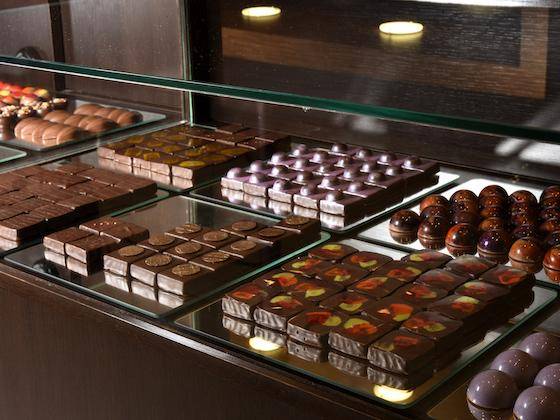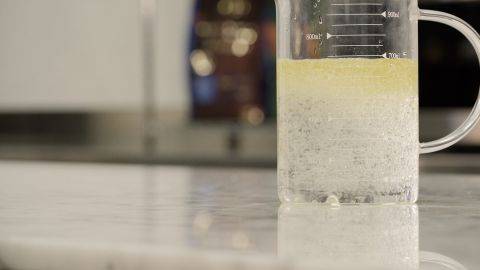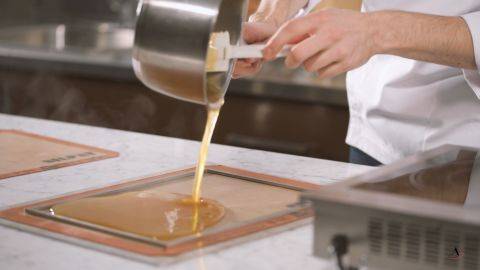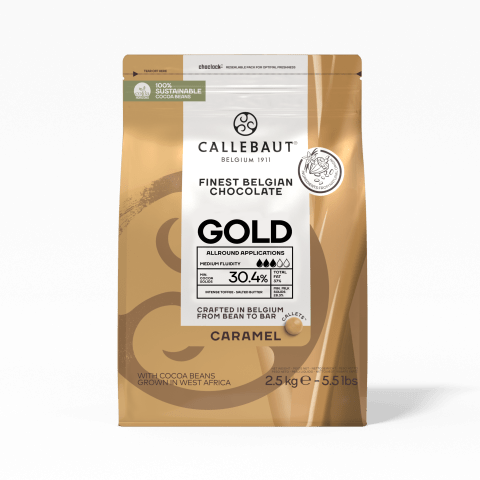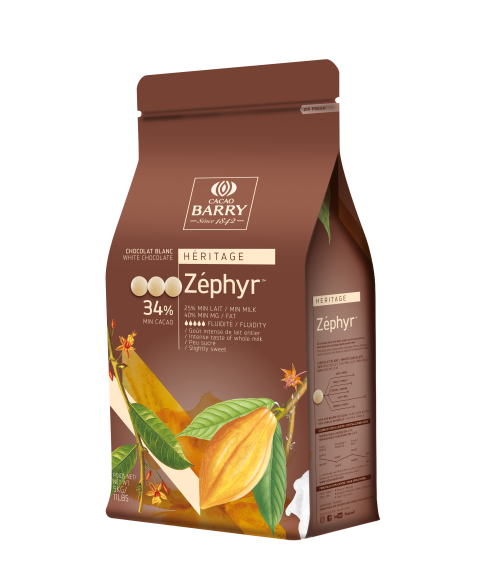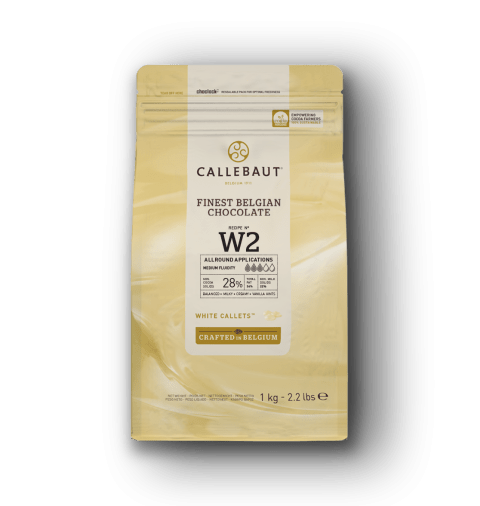Confectionery Shelf Life: Practicing Good Hygiene
Confectionery Shelf Life: Practicing Good Hygiene
Our last article explored whether a chocolatier must measure free water in their products. If you are experiencing shelf life issues, one key question is whether you have eliminated other significant sources of microorganisms and other factors that can affect how long your products last.
While the concept of water activity is fascinating, sometimes it's best to start with the basics. The eighth article in our series explores something every chocolatier should be aware of no matter where they are in their career: good hygiene practices.
Previous Article

Hygiene Best Practices for Chocolatiers
While specific regulations will vary from region to region, some common-sense best practices can guide you:
- Establishing hygienic procedures and routine checks of the production process helps guarantee the safety of the products.
- Foodborne illnesses and diseases can be prevented by proper practices, which insulate you from possible negative repercussions from ill customers.
- Identifying possible biological, chemical, and physical dangers in the workplace reduces the risks of foodstuffs becoming contaminated.
The Temperature Danger Zone (TDZ) is from 40°F/4°C to 140°F/60°C. Within this temperature range, the amount of bacteria present in a food product can double within as little as 20 minutes.
Confections are typically stored, sold, and consumed within the TDZ, so extreme care must be taken to ensure the quality of the products.

- The products confectioners use are rich in nutrients, which are a perfect breeding ground for microorganisms.
- For these reasons alone, it is easy to see why reducing the Aw of our products is of great benefit.
- A certified course in Hygiene, such as ServSafe, is recommended (if not already required) for all staff before beginning production.

